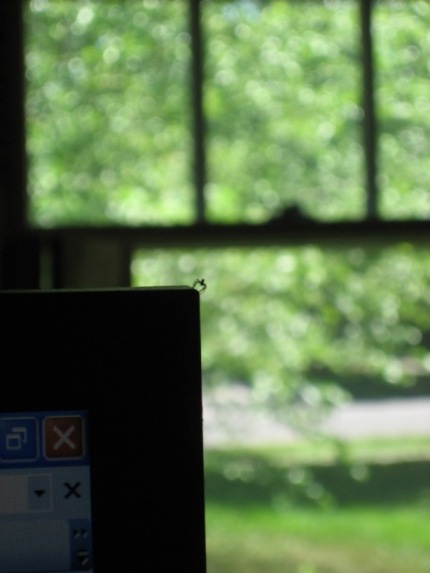The economy is teetering. Our food & gas prices are climbing. And, lest we forget, we citizens of New York are the highest taxed in the country.
So how do we want our politicians to spend our tax money?
If you’re a construction worker, you’ll answer: Build Renaissance Square! Because yeah, if that happens, you’ll have a job for, ya know, a few months.
I can understand that. But what comes next?
Most likely, a big long morning after. For example, take this article by Mark Yost in the Wall Street Journal. He’s writing about sports stadiums, but what he says is enough to remind you of your worst public project hangover.
Sports economists have long argued that publicly financed stadiums are a waste of taxpayer money. And they have the data to prove it.
Yes, stadiums do create high-paying construction jobs for a year or two. But the vast majority of long-term employment is low-wage concession jobs. A Congressional Research Service study of the Baltimore Ravens stadium found that each job created cost the state $127,000. By comparison, Maryland’s Sunny Day Fund created jobs for about $6,000 each . . .
Then there’s the fact that only a sliver of the tax base really benefits from a sports stadium. And with ticket prices rising rapidly, that group is getting much smaller.
Consider the New York Yankees, who have the highest payroll in baseball and take in more than $300 million a year just from their television network. They’ll move into a new $1 billion stadium next year, about half of which was covered by the taxpayers. Seats behind home plate that cost $250 this year will be ten times that next year. The net result is that very few of the people who paid for the stadium will be able to afford a seat there.
But perhaps the best argument against publicly financed stadiums is straight out of Econ 101: Opportunity cost.
“What else could the city have invested its money in and what kind of a return would it have produced?” said King Banaian, chairman of the St. Cloud State (Minn.) Economics Dept. Despite reams of evidence to the contrary, the District proceeded with what Councilman Kwame Brown calls “the most controversial project in the history of the city.”
It was controversial, he said, because the city had more pressing needs. The city’s schools are in shambles; crime is out of control; and unemployment in distressed neighborhoods, like Southeast, is double the national average, if not higher.
Fortunately, people are raising their voices. In City Newspaper, Mary Anna Towler asks a whole slew of questions about Ren Square that need to be asked.
Was the big theater the best theater for Ren Square? If MCC or SUNY owns the theater, will taxpayers’ money be diverted from education to subsidize the theater?
If there’s not enough money for the theater, should we go ahead with the MCC campus and the bus station?
And: does downtown Rochester need Ren Square? A few years ago, it seemed to be about the only development hope we had. That’s no longer true. Is it a good idea to build Ren Square, taking prime development land out of the private market – and taking that land off the tax roles?
There’s also an excellent comment after the City piece:
It would be good if the transit portion of the project were as closely analysed as the PAC. Shouldn’t we also notice that over $100 million TRANSIT dollars are essentially being squandered in a way that will make the bus system slower, less efficient and much more costly to operate? Ther is no advantage to the city to leave the auditorium theater and sibleys building empty, as the current plan would do.To pursue such a plan in an environment of record gas prices, (not to mention global warming) falls on the spectrum between “sub optimal use of public funds” and “complete insanity”. The bus station is both the achilles heel and fatal flaw since it literally cannot be used by buses. This might explain why no traffic study has been done.
Hopefully the Ren Square cloud will clear in time to save the federal transit funds to use for badly needed transportation projects that actually move people TOWARDS their destination at lower energy and lower cost.
We have already spent $15.8 million on the Renaissance Square project.
Are we going to wake up and say “no more” before it’s too late?
I’ve blogged about Renaissance Square previously here, here, and here.





